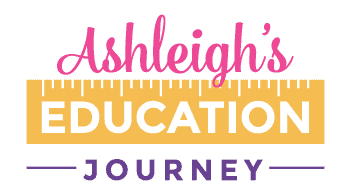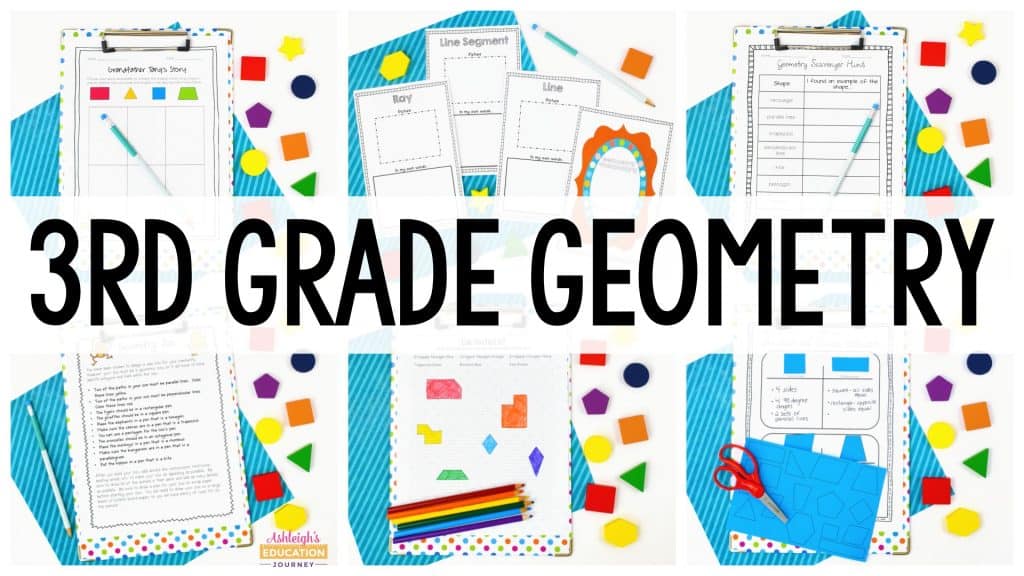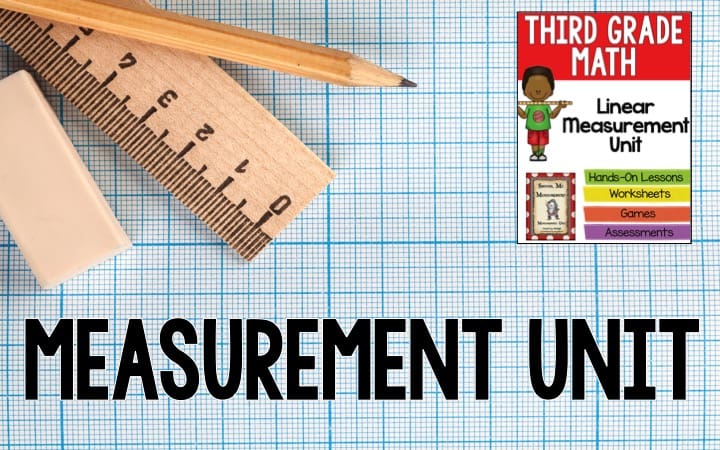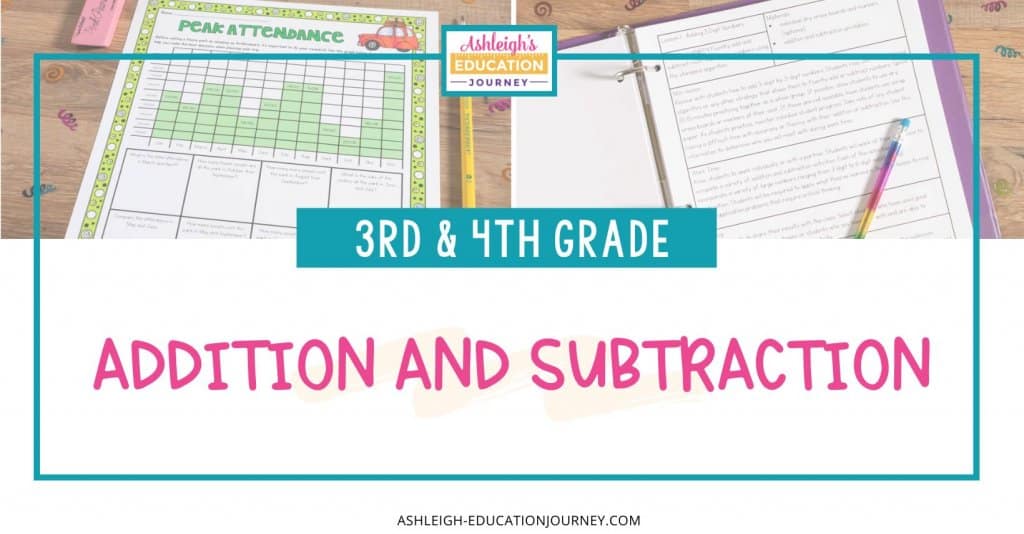
These amusement part themed addition and subtraction worksheets are sure to be a hit with students. They’re great for extra reinforcement and practice and can be incorporated into any classroom. You can find these addition and subtraction worksheets on TpT.
There are TWO VERSIONS of the addition and subtraction worksheets! The numbers in the more advanced version are primarily 4-digit, 5-digit, and 6-digit numbers. The numbers in the other version are primarily 3-digit numbers.
Addition & Subtraction Lesson Plans
Since many of us are required to turn in our lesson plans, there are formal lesson plans included. Unlike my other units, I grouped the addition and subtraction lesson plans together. I did this to make printing all of the addition and subtraction worksheets easier. This will allow you to print a range of pages, rather than one page at a time.
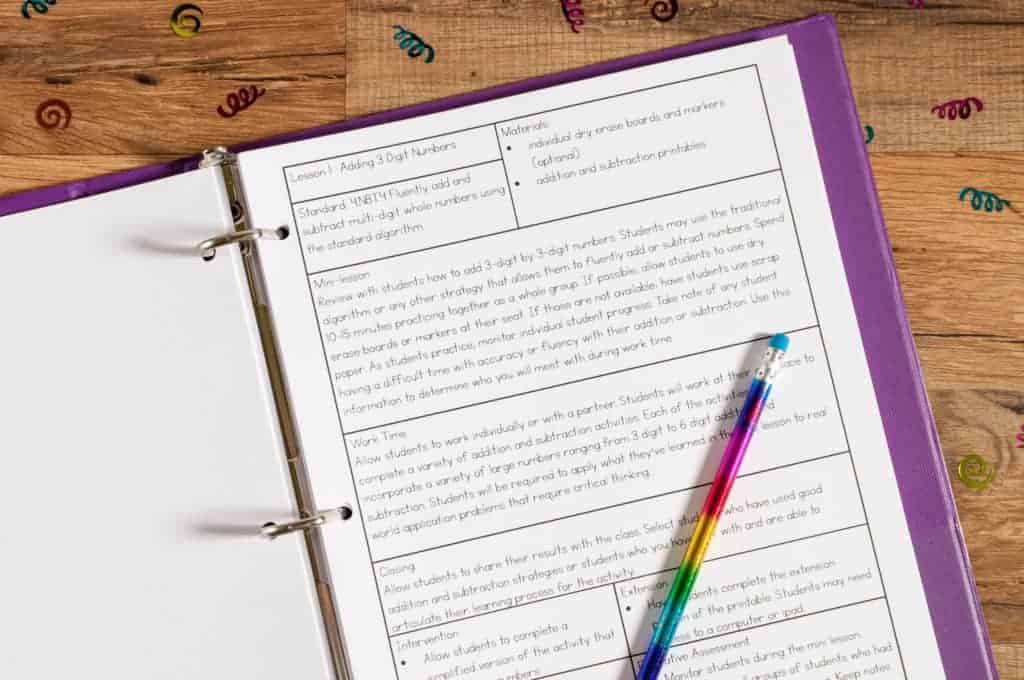
The content of these addition and subtraction worksheets is a bit more procedural than my other math resources, as students will be applying the algorithm or strategies they’ve learned to add and subtract large numbers. These ten addition and subtraction worksheets are engaging and have an emphasis on application and problem solving.
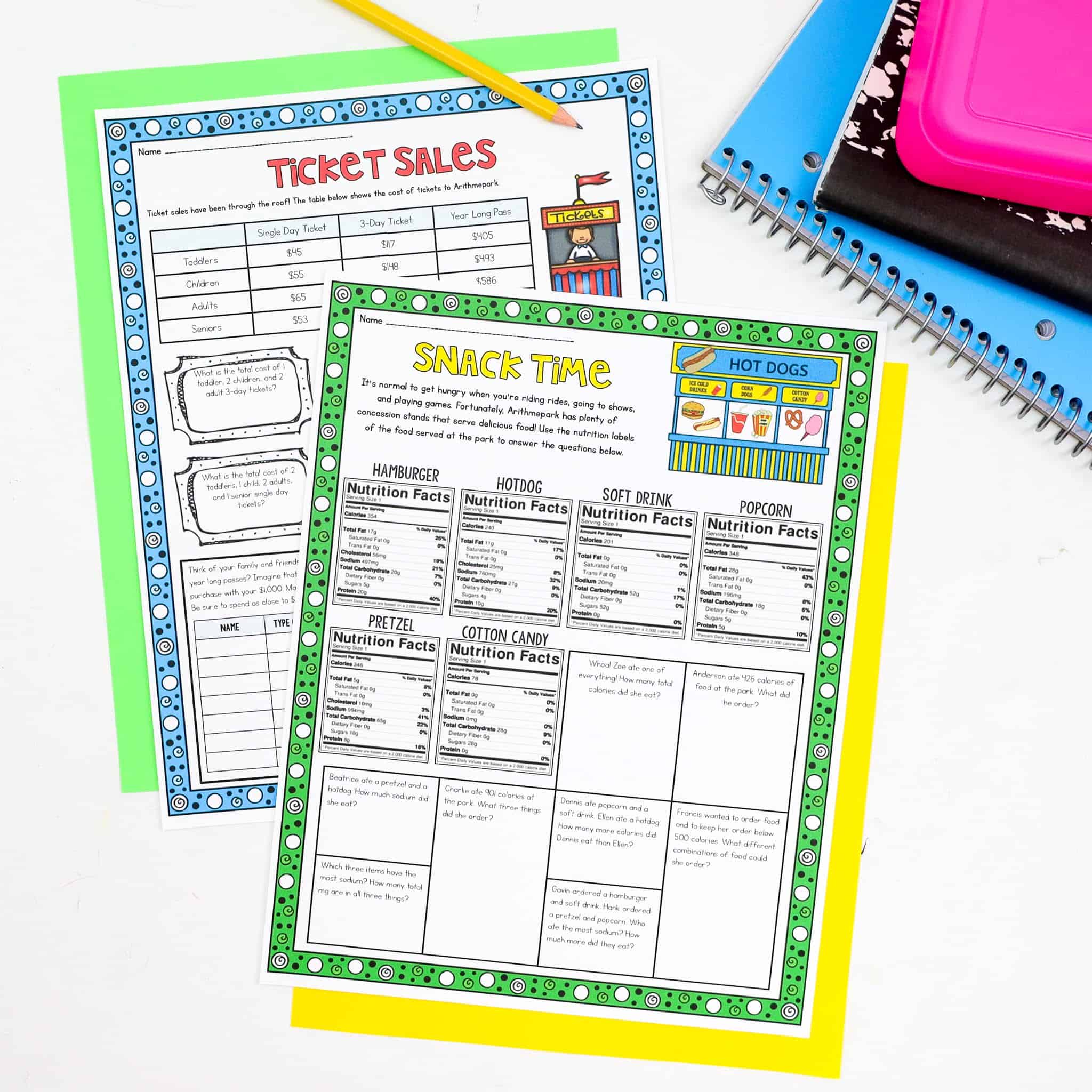
Implementation
During the mini lesson, review basic computation (beginning with addition and moving on toward subtraction). As you teach, make note of any student struggling with the computation taught during class and meet with those students in small groups as other students are completing their addition and subtraction worksheets. As you meet with small groups, gradually remove students from the small group as they show understanding and confidence of the material.
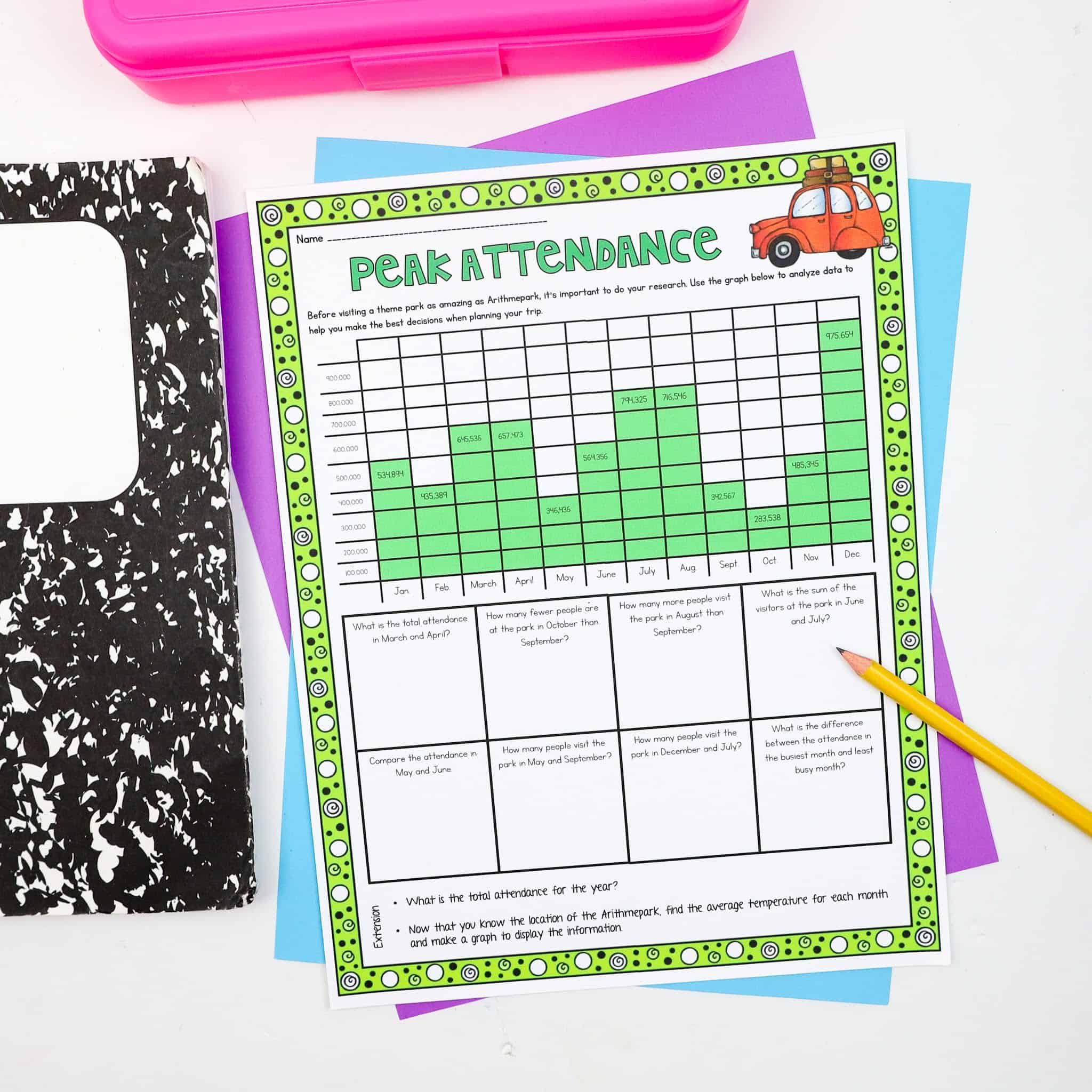
There is also a general pacing guide, but this is just a suggestion. If you see students are more than ready to move to the next level, simply skip ahead to those larger numbers. I love leaving a few extra days to work on subtraction across zeroes, which is always challenging for students.
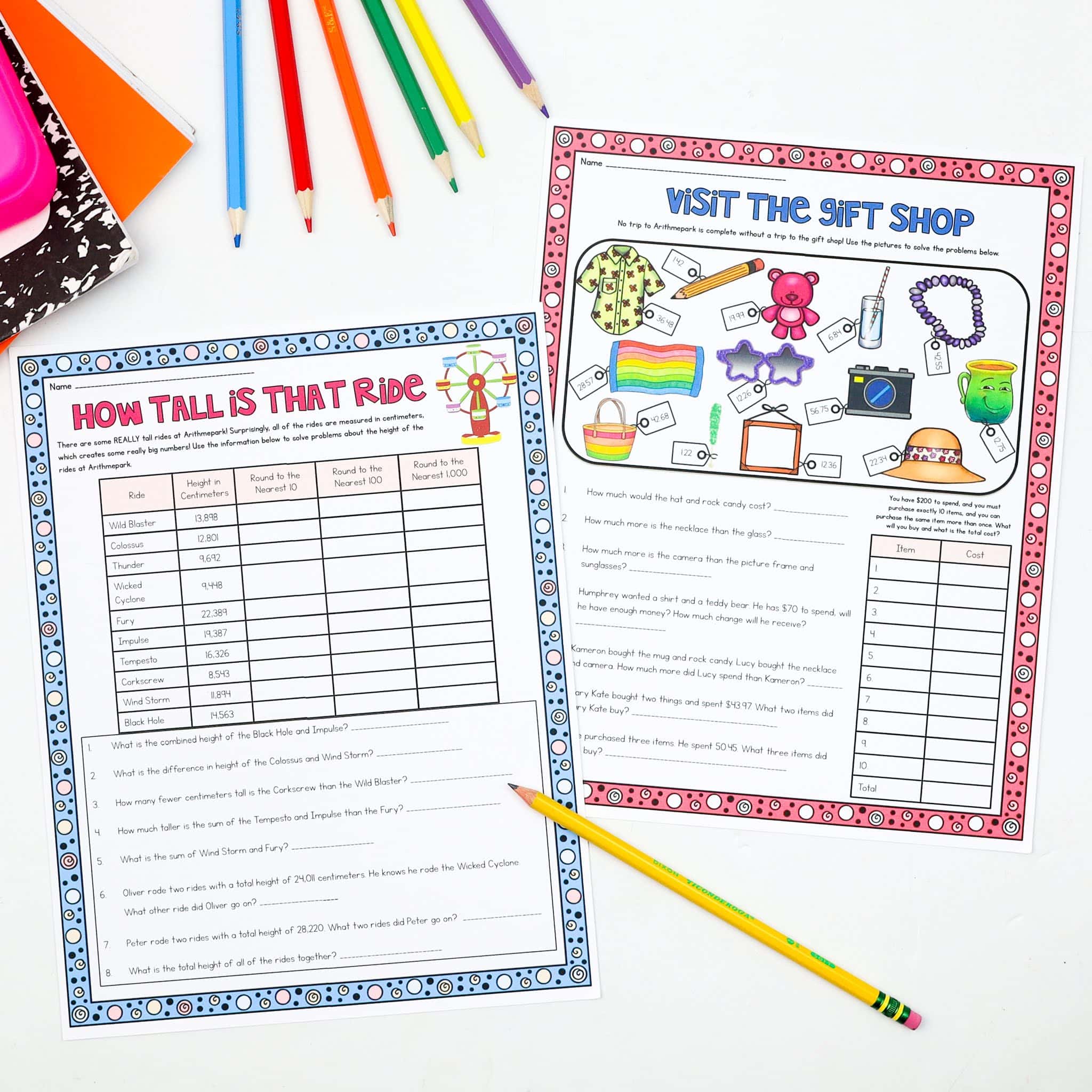
Having two options will make it so much easier to differentiate for your students by using the 3rd grade version in your fourth grade class or the fourth grade version in your third grade class!
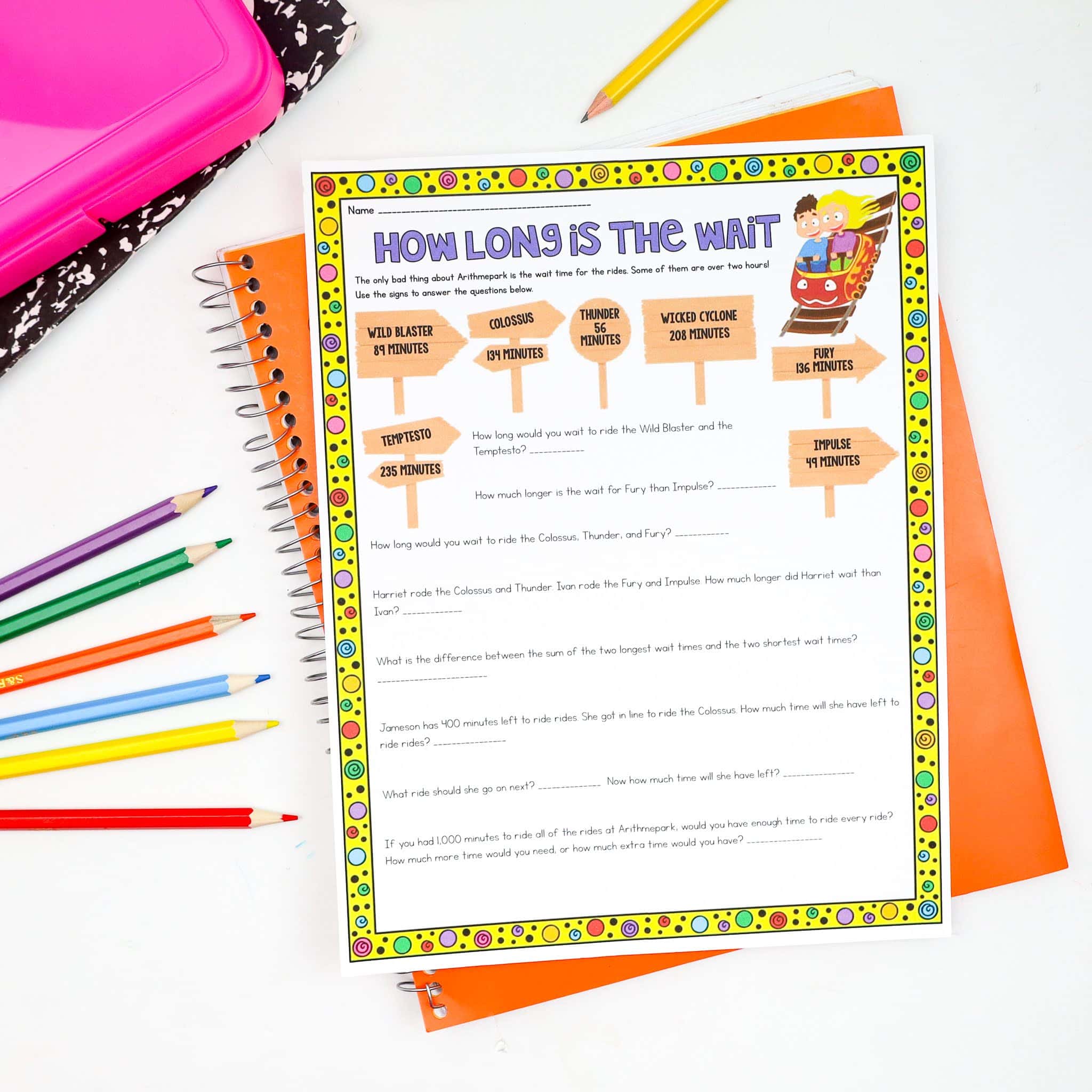
I love that everything is in a real world, problem solving context. I think that naturally raises the rigor and engagement at the same time. I also love that they all have an amusement park theme, because it helps tie it all together.
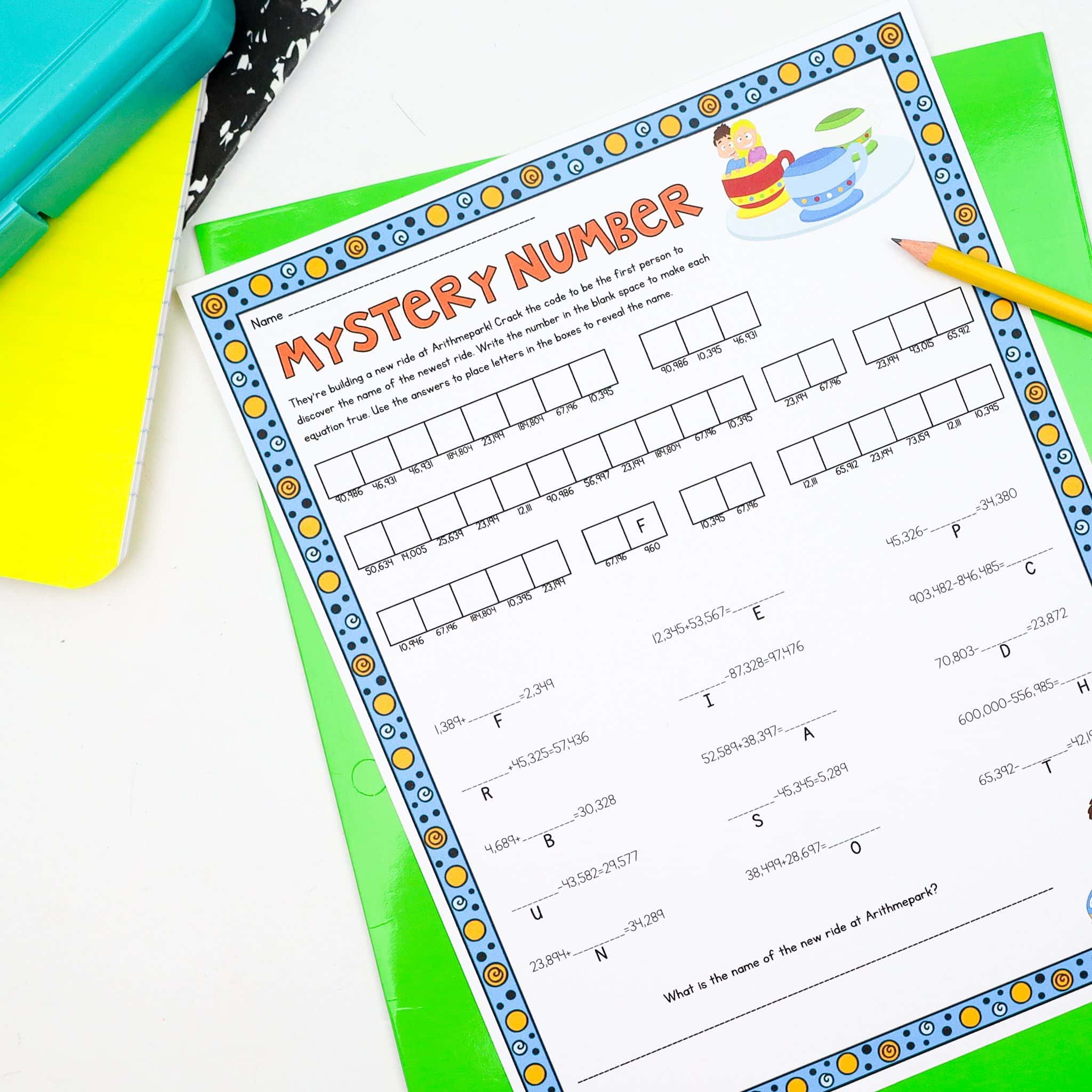
You can distribute the addition and subtraction worksheets one page at a time, in any order. You can also create a booklet by printing the cover page and all of the pages you’d like for your students to complete. There are ten activities the third grade version and ten activities in the fourth grade version. I’ve also included several basic practice pages for you to use as needed.
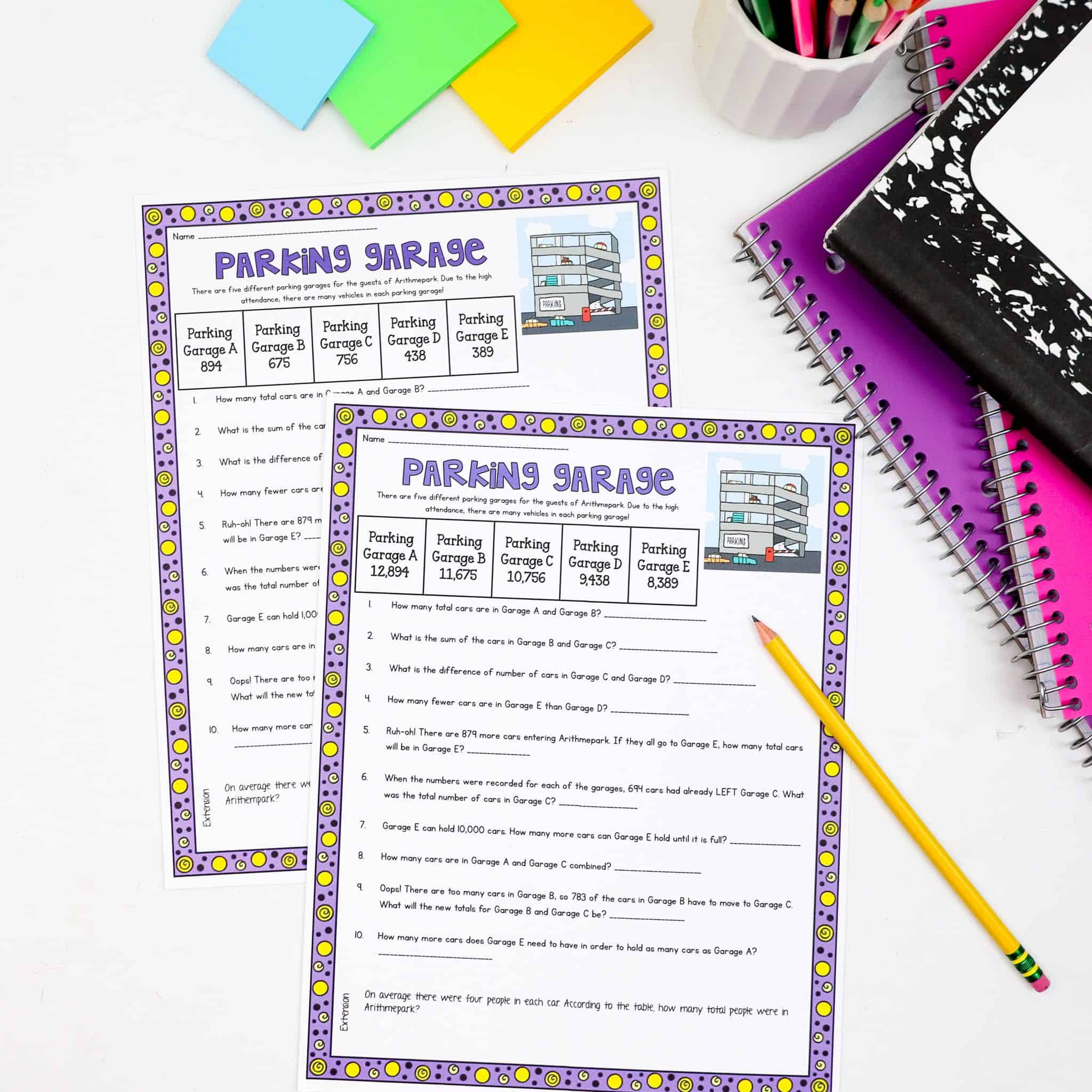
I think this is going to be a lot of fun for my students (and you)!
